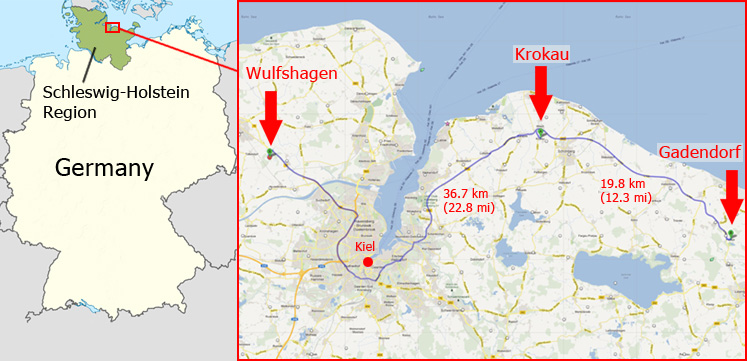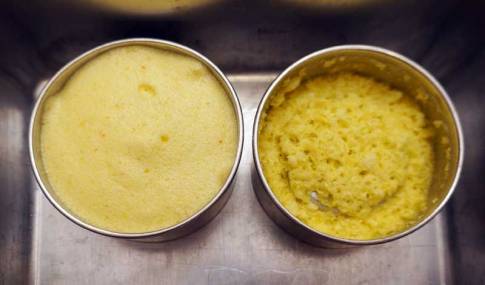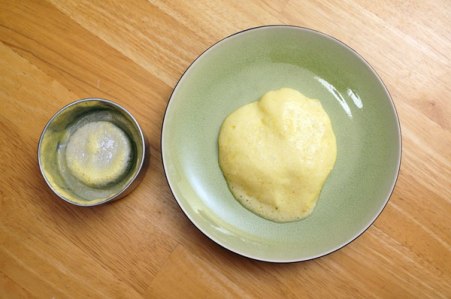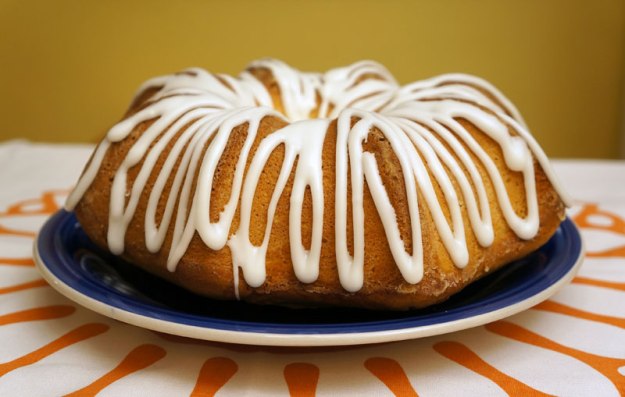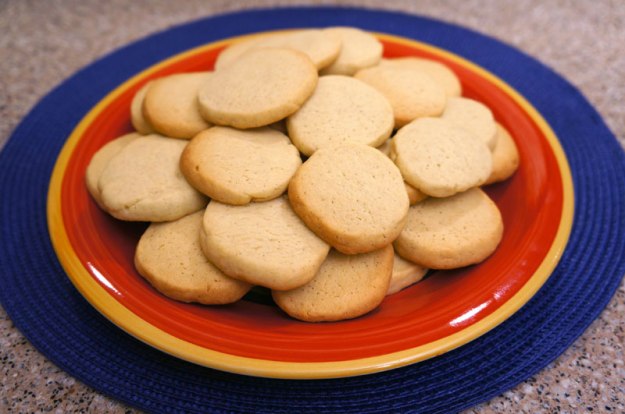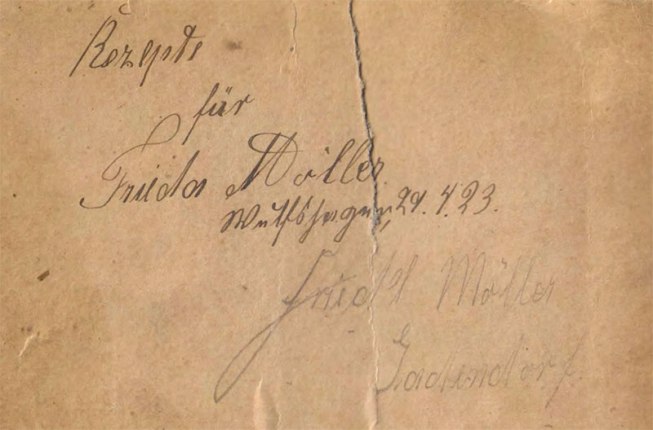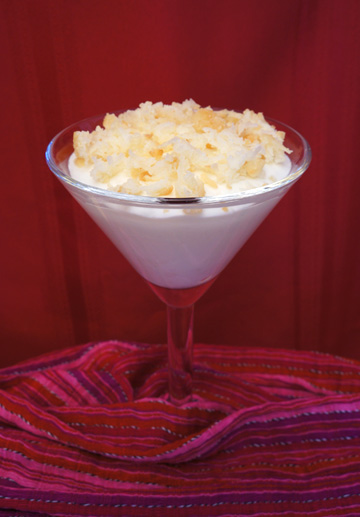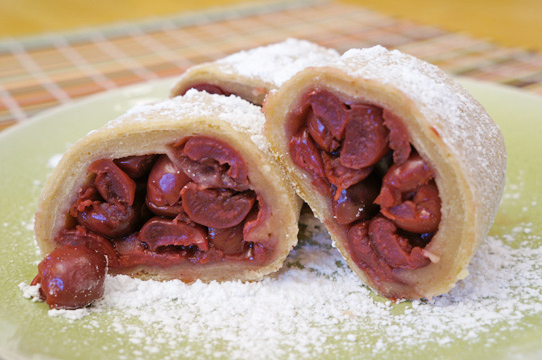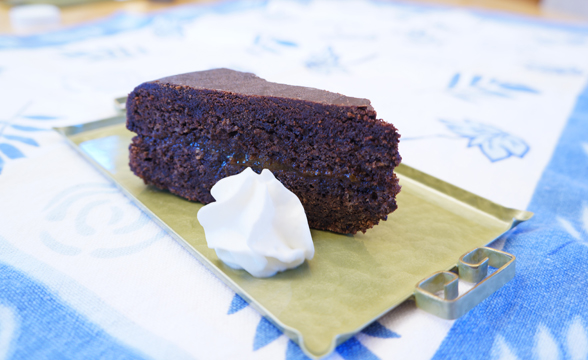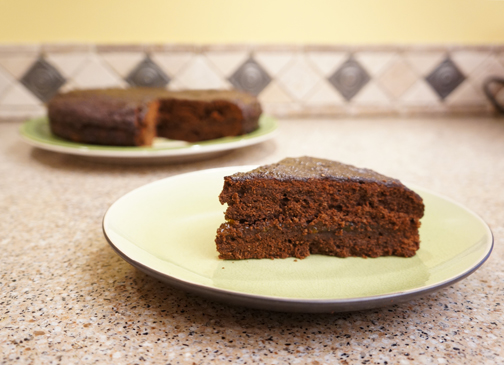When I started this project, I was concerned that I wouldn’t be able to find any clues to the location of the castle. Although I still don’t know the name of the castle, I have two pretty good prospects. The inside cover of Aunt Frieda’s notebook lists two cities (Wulfshagen and Gadendorf) which helps narrow the location. In addition, I have three german-speaking elves who have been pointing out possibilities and sharing their knowledge of the region. (Many thanks to Meike, Lisa, and Adrian!).
Here’s a map of the area to get a better idea of where these places are located. Wulfshagen is 22.8 miles from Aunt Frieda’s home town of Krokau. Gadendorf is 19.8 miles from Krokau. Both cities are far enough from her parent’s home that she would probably have had to have a live-in position at the castle.
Wulfshagen
There is an old manor house in Wulfshagen called Gut Wulfshagen. The estate was built in 1699 and is situated in a park with 600 years old oaks. It is still owned by a noble family, the von Reventlows, but now is mainly rented out for events.
photo from Gut Wolfshagen website
In the past, the estate has been used as a venue for the Schleswig Holstein Musik Festival. It has also been used as a TV filming location. The German public television channel used it in 2010 for a production of a Brothers Grimm tale called, “Der Meisterdieb” (“Master Thief”). And in 2008 it was one of the shooting locations for a German reality show called “Gräfin Gesucht” (“Looking for Countess”), which tried to match aristocratic bachelors with brides. One of the von Reventlow family, Moritz Graf zu Reventlow, even participated as one of the bachelors.
Wow. Not really what I had pictured. I was expecting more of a “Downton Abby”, than “The Bachelor,” but I suppose that trying to maintain large estates nowadays might require looking for creative ways to bring in revenue. It’s good news for me. The Schloss is still around, still family owned, and available for more investigation.
(Stay tuned for Part 2, in which I introduce the Panker Estate near Gadendorf.)
